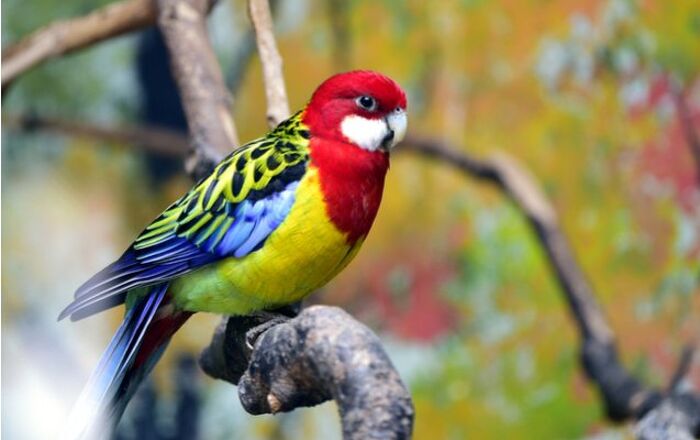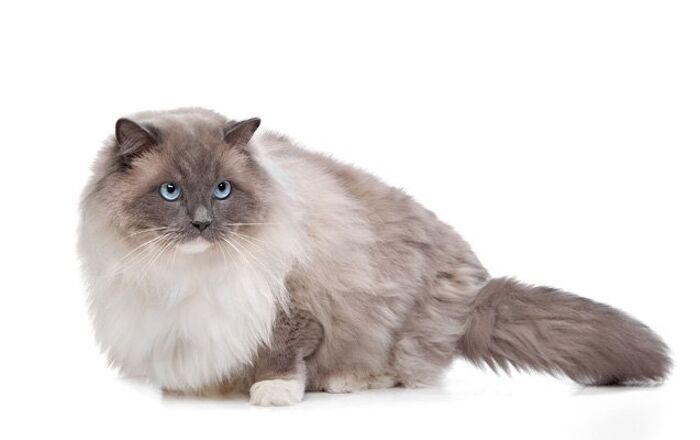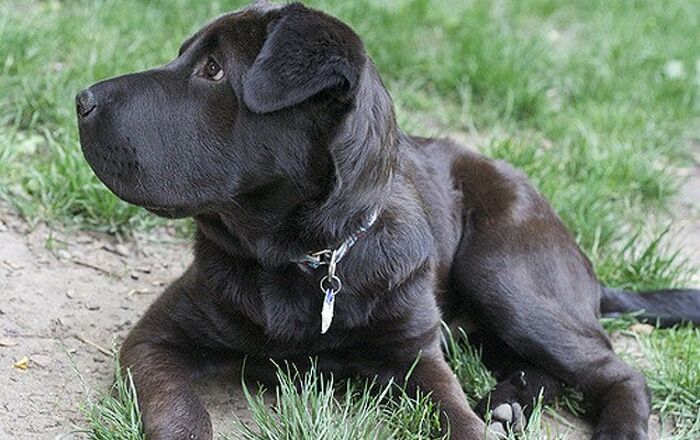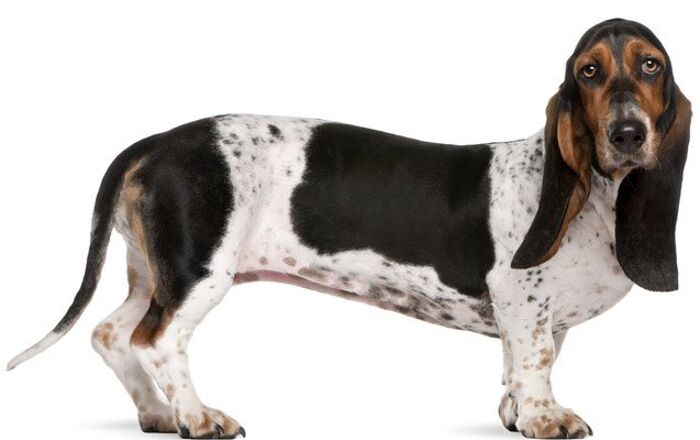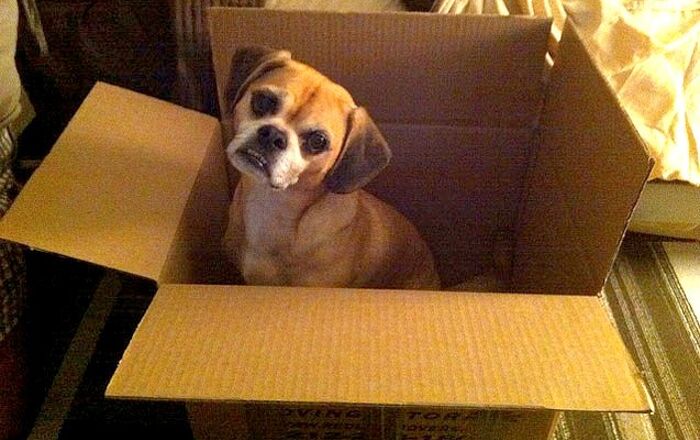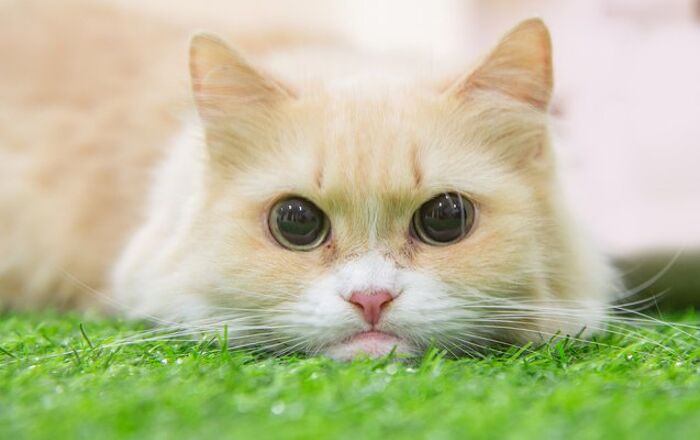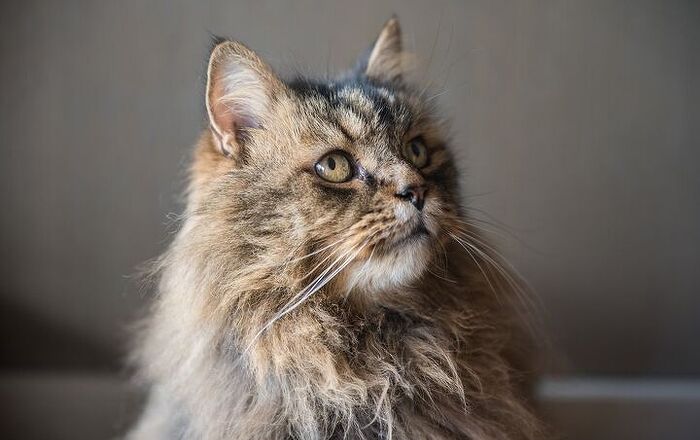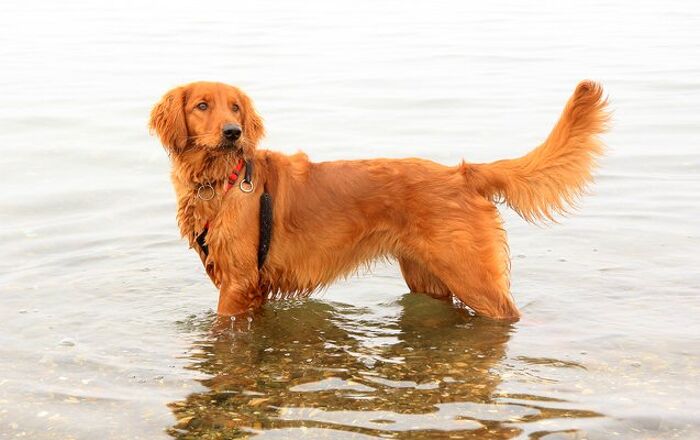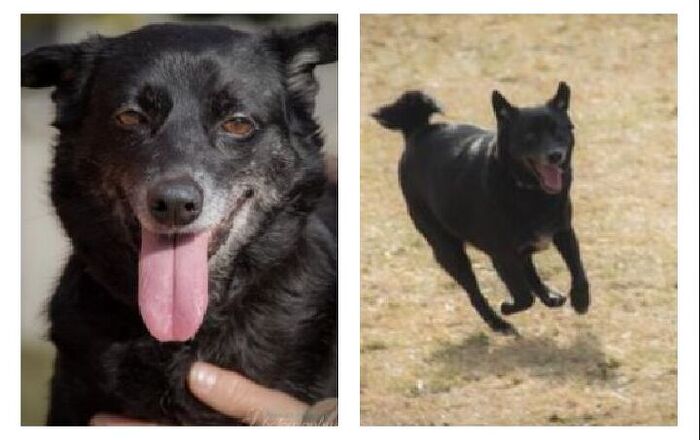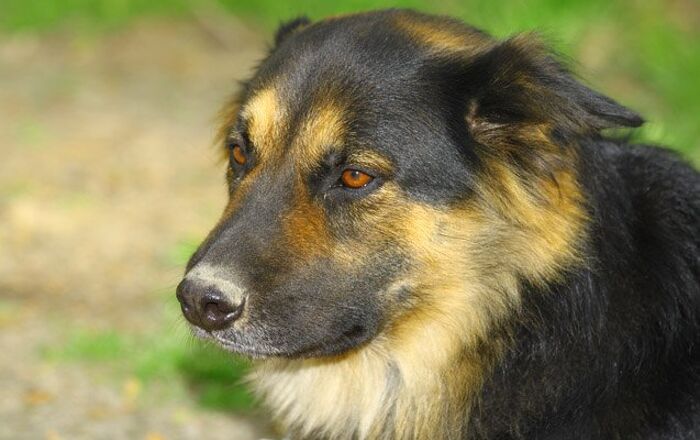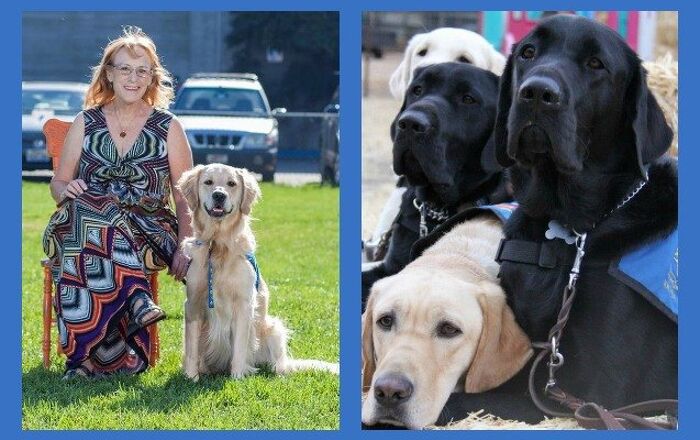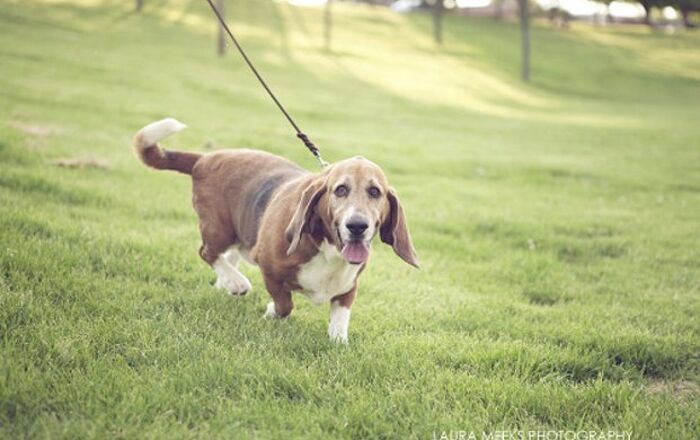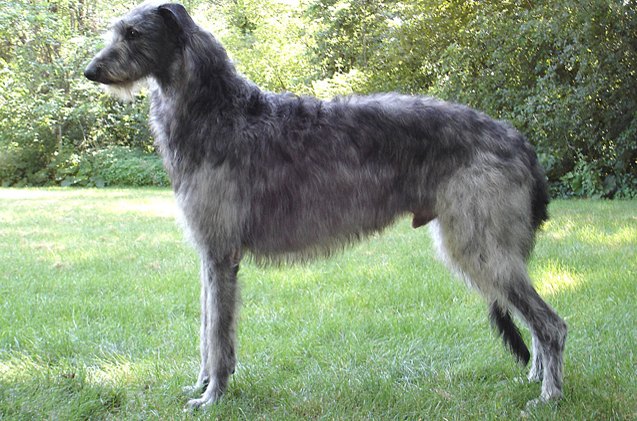
Scottish Deerhound Basics
Heralded as the “Royal Dog of Scotland”, the Scottish Deerhound is elegant, graceful and regal. He is a true gentleman and is naturally a calm and polite dog. He enjoys children and loves to meet new people. The Deerhound is not at all aggressive and a good-natured companion. He gets along well with large pets but shouldn’t be trusted with small dogs or cats. His chase instinct could prove to be traumatic.
Scottish Deerhounds are athletes and they do require a good amount of exercise. An active family that enjoys jogging or running would be perfect for this breed. A nearby dog park or large backyard can also help to provide the necessary exercise for this active dog. To learn more about the Scottish Deerhound, read on.
Heralded as the “Royal Dog of Scotland”, the Scottish Deerhound is elegant, graceful and regal.
Origin
Originating in Great Britain centuries ago, the Scottish Deerhound was absolutely identical to the breed we call the Irish Wolfhound. In the 16th century, the breed finally became separate from the Wolfhound. The Scottish Deerhound was much larger long ago however; it was bred down in size. It was used to take down Scottish Roe Deer but today’s dog is happy to go for a trot around the block and then, curl up on the sofa.
Pedigree
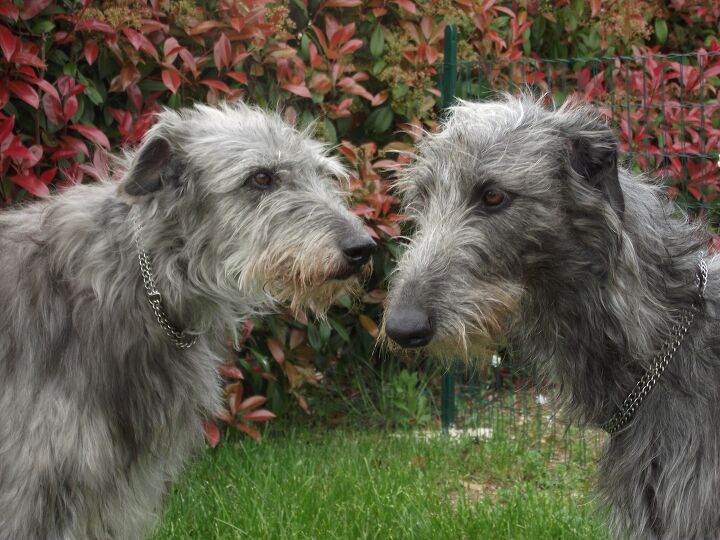
It is believed that the Scottish Deerhound was bred down from the Irish Wolfhound, with the addition of Greyhounds to decrease the immense size. Through the 1700s, this breed was exclusively owned by royalty; only earls and those higher in the hierarchy were permitted to have this regal breed. During the World Wars, the number of Scottish Deerhounds plummeted. Fortunately, some breeders maintained their stock and continued promoting the breed. Today, the population of this elegant dog is quite stable.
Food/Diet
The Scottish Deerhound is a large dog and requires a lot of food. He should be fed a high-quality, dry food. This helps to pervert potential oral health problems such as bad breath, cavities and gum disease. Two meals daily or free feeding is better than providing one large meal. This is due to the breed’s high incidence of gastric torsion, more commonly referred to as bloat.
Scottish Deerhounds are relatively easy to train so long as training involves gentleness and treats.
Training
Scottish Deerhounds are relatively easy to train so long as training involves gentleness and treats. Harsh words or mannerisms will offend the dog as he is sensitive, by nature. Yelling or aggressiveness will cause the Deerhound to shut down and feel bad. Positive training methods are the only way to train this sweet breed.
Housebreaking is the only real training issue reported within the breed. Because they are sensitive, they do not do well in crates. This makes potty-training very difficult. The Scottish Deerhound puppy will need constant supervision, and the owner needs to watch for signals that the pup needs to go outside. Consistency and fastidiousness is the only way to housetrain a Deerhound.
This breed loves to run and Deerhounds excel in sports such as lure coursing. Of course, they love the breed ring and because of their gentleness, they make wonderful therapy dogs. Scottish Deerhounds are versatile and can be trained for many things.
Weight
The Scottish Deerhound should weigh between 75 and 110 pounds and stand somewhere between 28 and 32 inches tall at the withers.
Temperament/Behavior
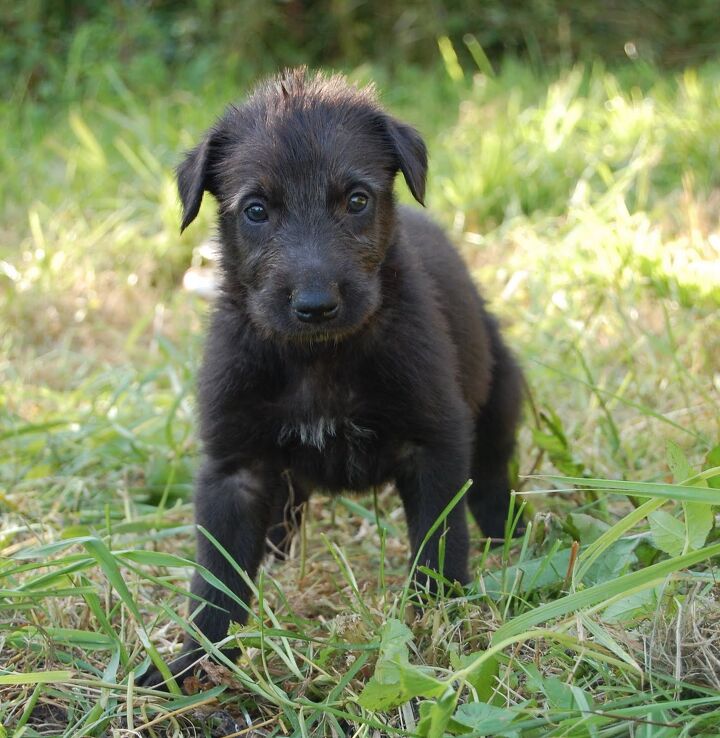
Naturally calm and gentle, the Scottish Deerhound is not a candidate for becoming a watchdog. Although his size might deter a burglar, he will not bark at the intruder. It is more likely that the Deerhound will greet the robber with a wagging tail and welcome him into your home. He loves people and readily accepts strangers, no questions asked.
Scottish Deerhounds love companionship; in fact, they crave it. They are affectionate and even get along well with other dogs. Because they are sight hounds, Deerhounds have been known to chase down cats and small dogs. This breed does best in homes with larger pets.
Although very large, the Scottish Deerhound is graceful and elegant. He likes children and is not clumsy, like many other very large breeds. He is also non-aggressive, making him a wonderful companion for active families.
Common Health Problems
Like most sighthounds, Scottish Deerhounds are highly sensitive to anesthesia. There is also a high incidence of Osteosarcoma within the breed. Osteosarcoma is an aggressive form of bone cancer. Other issues within the breed include Cystinuria, Factor VII deficiency, Hypothyroidism and allergies. Bloat is a major problem and can be avoided by free feeding or splitting the meals. Exercise should not occur until at least one hour after the dog eats.
Life Expectancy
The life span of the Scottish Deerhound is between 8 and 11 years.
Exercise Requirements
Scottish Deerhounds are athletic dogs. They need to be walked a few times daily. It would be best for the Deerhound to have a big, fenced yard for him to run however; he would be fine being jogged daily as well as tearing around a dog park weekly. Without proper exercise, they will become bored and their muscles can atrophy. Exercise is essential to the physical and mental well-being of the breed.
Deerhounds are awesome family pets. Because they love kids, they will happily play ball in the yard with them for hours. After a hearty helping of playtime, the Scottish Deerhound can usually be found sleeping soundly on the couch with their families.
Naturally calm and gentle, the Scottish Deerhound is not a candidate for becoming a watchdog.
AKC
The American Kennel Club states: “While he possesses a quiet and dignified personality in the home, the Scottish Deerhound may try to chase any furry animals that run past him. For that reason, the breed should be exercised on leash or in a fenced area. Although he enjoys his family, his size may be intimidating to smaller children. The breed’s crisp, somewhat wiry coat, however, is exceptionally easy-care, requiring only brushing and occasional bathing”. The Scottish Deerhound was recognized by the AKC in 1886.
Coat
The coat of the Scottish Deerhound is wiry and somewhat harsh. Considering the treacherous terrain of the Scottish Highlands, this coat is a necessity to protect the dog’s body. A softer coat can be found on the head, chest and undercarriage of the dog. Light feathering is on the back of the legs. A dark bluish gray coat is desirable however; gray, brindle, red fawn, sandy red and yellow are acceptable. The Deerhound may have black on the muzzle and ears. In this breed, there should be as little white coat as possible.
Because the Scottish Deerhound sheds throughout the year, the coat should be thoroughly brushed several times each week. A comb should also be used to ensure there are no tangles in the coat. Bathing should be done seasonally.
Puppies
Housebreaking a Scottish Deerhound puppy can prove to be problematic. Because of his sensitive nature, crates should not be used. A watchful owner will quickly learn the puppy’s signals for needing to go outside.
Deerhounds are social dogs and they are this way from the time they are pups. They love to be around people and crave affection. Early socialization is essential to the development of the Scottish Deerhound.

